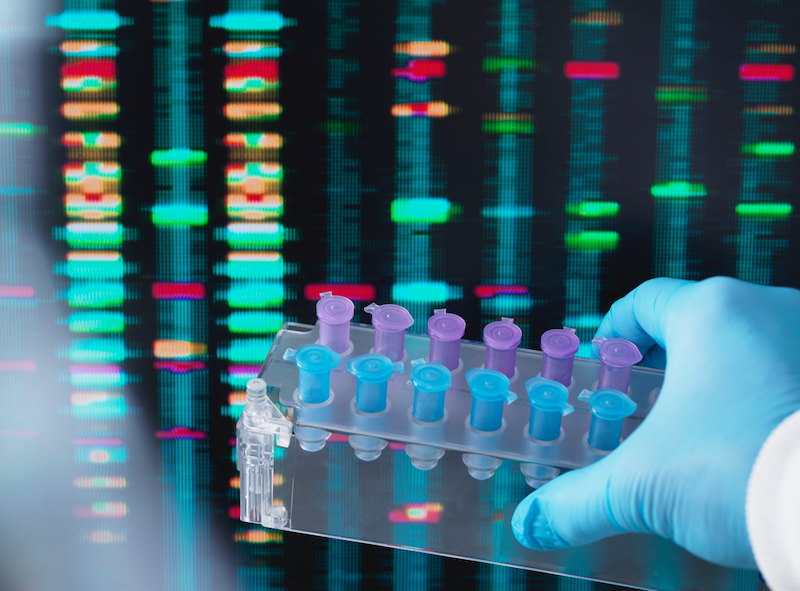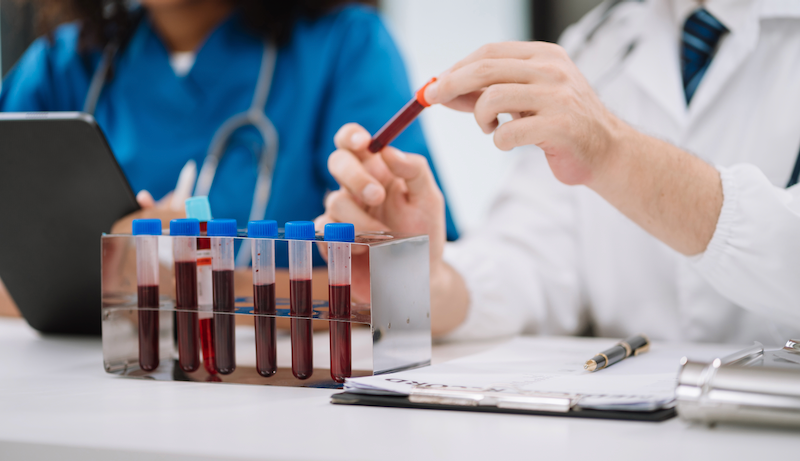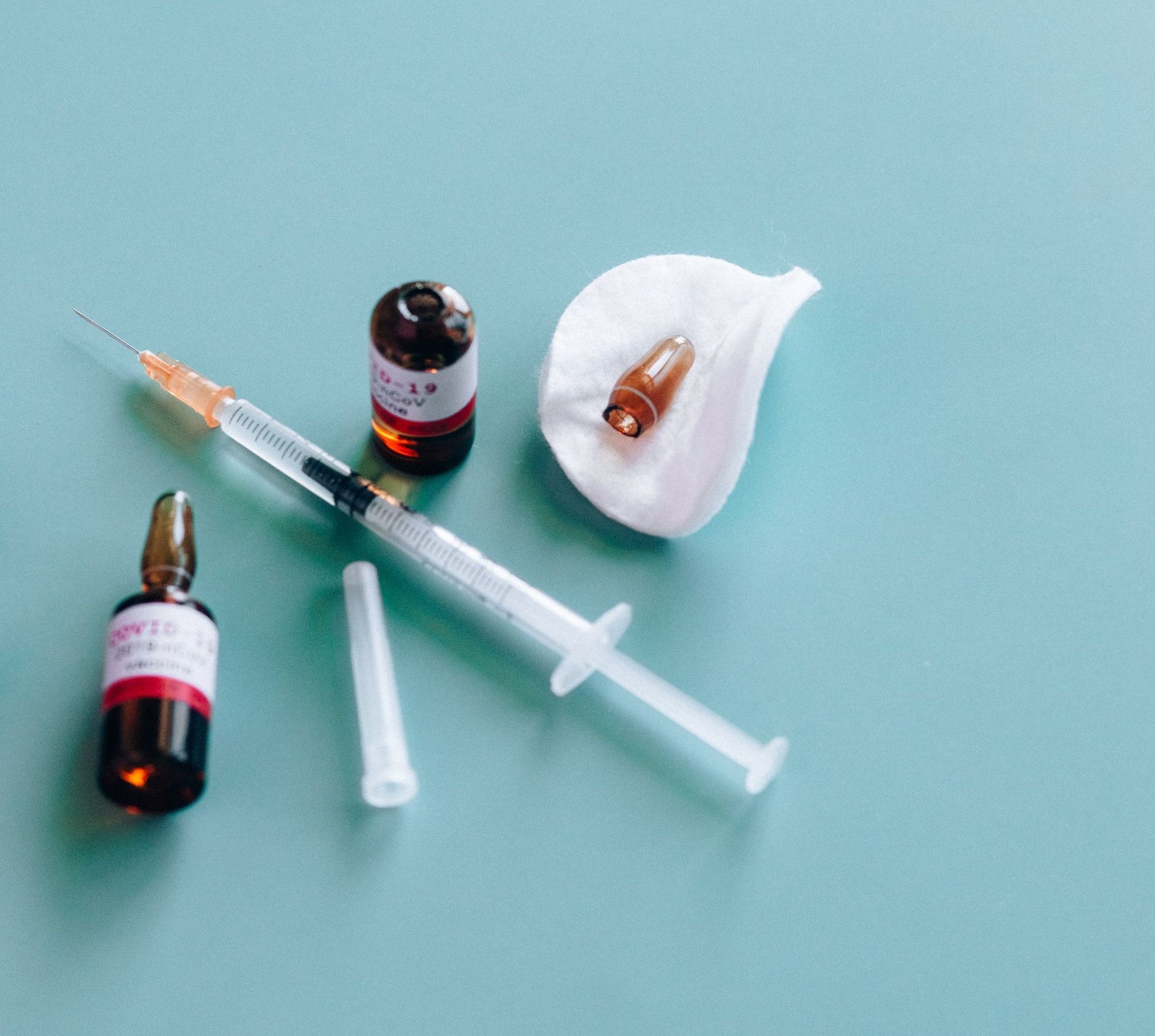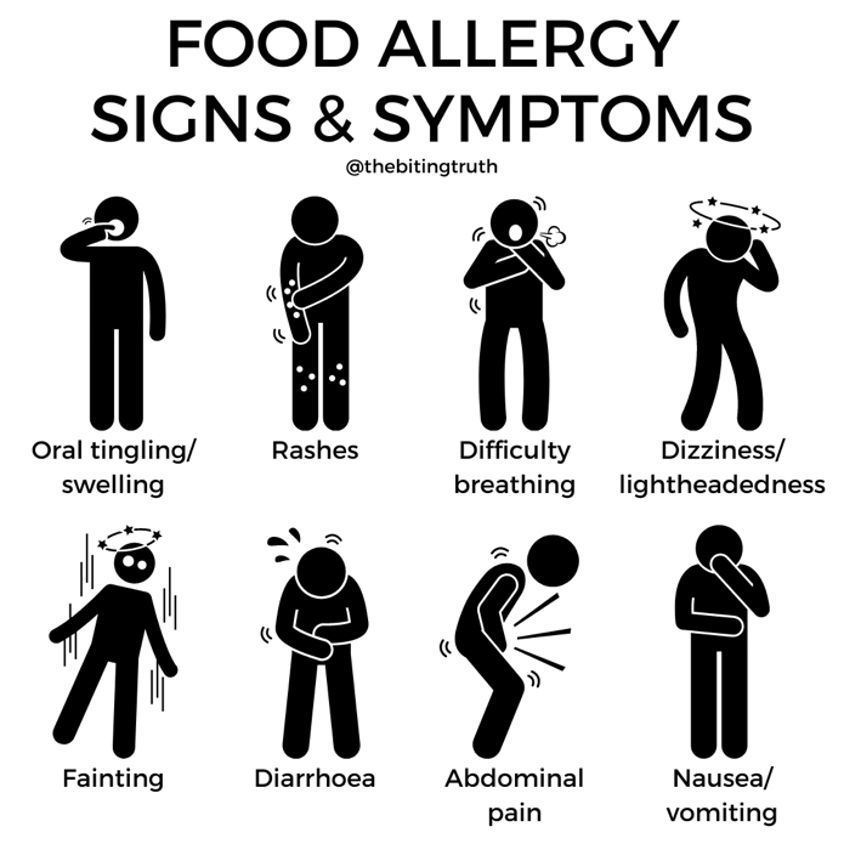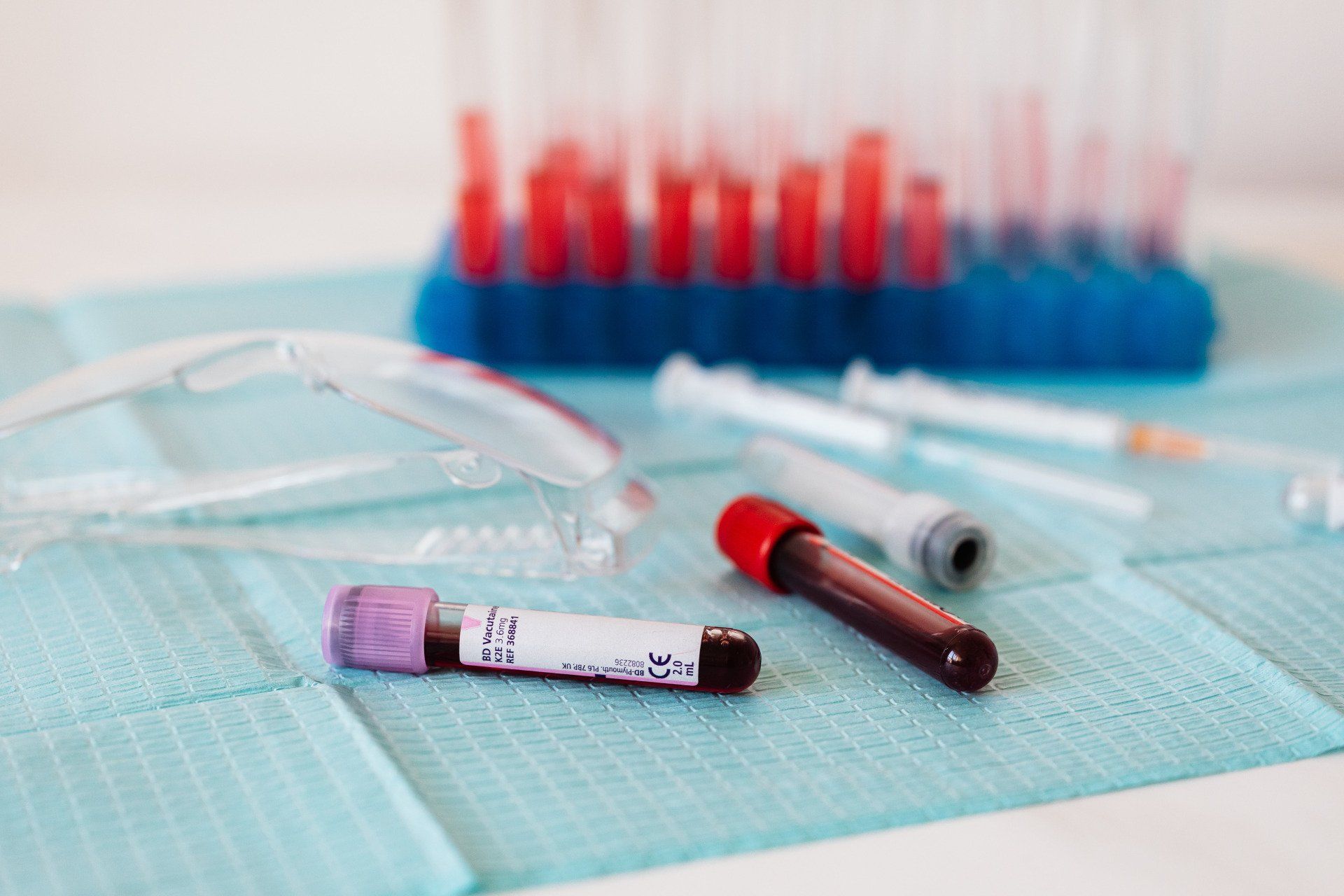Understanding the Different Types of Diabetes: A Light, Friendly Guide for Patients
Your quick-start guide to living well with diabetes

If you’ve just learned you have diabetes or you’re trying to wrap your head around what it means, you’re not alone. Diabetes isn’t one-size-fits-all. There are a few different types, each with its own cause, quirks, and how to feel your best. Here’s a simple, down-to-earth overview to help you get the basics and feel a bit more in control.
Type 1 diabetes: your body isn’t making insulin anymore.
What it is (in plain, friendly terms)
- Type 1 is an autoimmune thing. Your body's defenses get a little overprotective and attack the cells in your pancreas that make insulin.
- Without insulin, sugar stays in your blood instead of fueling your body.
Who it tends to affect
- It can show up at any age, but you’ll hear about it a lot in kids, teens, and young adults.
What to watch for
- Thirst that won’t quit and lots of bathroom trips
- Hunger that’s not satisfied, or weight loss without trying
- Fatigue, weakness, or blurred vision
- Sometimes: nausea, vomiting, or fruity breath (seek urgent care if you’re suddenly very sick)
How it’s managed
- Daily insulin (shots or an insulin pump)
- Regular blood sugar checks
- Counting carbs to plan meals
- Staying active and eating a balanced diet
- Regular follow-ups so insulin can be tweaked as you grow, stay active, or get sick
Type 2 diabetes: insulin resistance, with a side of lifestyle
What it is (in plain terms)
- Type 2 happens when your body doesn’t use insulin well (insulin resistance) and may not make enough insulin over time.
- Blood sugar tends to run a bit high, and over time that can cause trouble if it’s not kept in check.
Who it tends to affect
- It’s the most common type. It often shows up in adults after 40, but it’s happening more in younger people these days too.
What to know about symptoms
- Similar to Type 1, but sometimes milder or even quiet early on
- More thirst and urination
- More hunger, unexpected weight loss, fatigue
- Infections or slow-healing sores can be clues
How it’s managed
- Lifestyle changes: aiming for a healthy weight, moving more, and balanced meals
- Medications that help your body use insulin better or reduce sugar production
- Some people eventually need insulin as the disease progresses
- Regular A1C tests to track your average blood sugar
Gestational diabetes: sugar trouble during pregnancy
What it is (in plain language)
- Gestational diabetes is high blood sugar that’s first noticed during pregnancy.
- Pregnancy hormones can make your body a bit more insulin-resistant.
Who it affects
- Pregnant people. It’s usually checked between 24 and 28 weeks.
Why it matters
- If not managed, it can affect your baby’s size and health and can raise your risk of diabetes later.
How it’s managed
- Checking blood sugar levels
- Healthy eating and staying active
- Sometimes medication or insulin if needed
- Regular prenatal care to monitor you and baby
Other, less common types (briefly)
- Monogenic diabetes (like MODY): caused by a single gene change. It’s often misdiagnosed and may respond to specific medicines.
- Cystic fibrosis–related diabetes: occurs with cystic fibrosis.
- Secondary diabetes: caused by another illness or its treatment (for example, long-term use of certain steroids)
A few key ideas to keep in mind
- Diagnosis usually involves blood tests (A1C, fasting glucose, sometimes an oral glucose tolerance test) plus a chat about symptoms and history.
- Treatment is personalized. The goal is to keep your blood sugar in a healthy range, prevent complications, and help you live well.
- Complications can show up in the eyes, kidneys, nerves, heart, and blood vessels. Early, steady control makes a big difference.
A simple plan if you’re learning about your type
- Talk with your clinician about your specific type and what it means for you.
- Ask about targets. What should your A1C be? What fasting and post-meal glucose ranges work best for you?
- Build a care team you trust: primary care, an endocrinologist if needed, a diabetes educator, and a nutritionist or dietitian.
Create an easy daily routine:
- Eat regular meals with veggies, lean protein, whole grains, and healthy fats.
- Move most days—about 150 minutes of moderate activity weekly, plus some strength work.
- Check your blood sugar as advised and learn how to respond to highs and lows.
- Take medications exactly as prescribed and don’t skip doses.
- Keep up with eye, kidney, and foot health checks.
- Track and problem-solve together. If you notice patterns (high after lunch, lows overnight), bring them to your care team.
Tips to feel more empowered
- Diabetes education can be a game-changer. A certified diabetes educator can teach you carb counting, insulin dosing, and how to tweak plans when you’re sick or traveling.
- Technology can help a lot. Continuous glucose monitoring (CGM) and insulin pumps give real-time readings and can make management easier for many people.
- You’ve got a support system. Family, friends, and patient communities can offer practical tips and emotional support.
Common myths, busted
- Sugar alone doesn’t “cause” diabetes, though very sugary diets can contribute to risk factors if they lead to weight gain or inactivity.
- You can eat carbohydrates. It’s about smart choices, matching carbs with meds or insulin, and paying attention to portions and timing.
FAQs (quick answers to common questions)
Do I have to count carbs for every meal?
- For many people with Type 1 or Type 2, counting carbs helps match your insulin dose or meds. Your clinician or diabetes educator can show you a simple way to count and plan.
Will I have this forever?
- Type 1 is a lifelong condition. Type 2 can be managed well and sometimes go into remission with lifestyle changes and treatment. Gestational diabetes usually resolves after birth but increases future diabetes risk.
Can I still eat sweets?
- Yes, but portion size and timing matter. Work with your care team to fit treats into your plan without causing big spikes.
What’s an A1C, and why does it matter?
- A1C is a blood test that shows your average blood sugar over the past 2–3 months. Lower is generally better, but targets are personal—talk with your clinician.
I’m feeling sick. What should I do?
- Illness can raise blood sugar. Check your levels more often, stay hydrated, and follow your sick-day plan with your clinician. Reach out if you’re worried or your numbers stay high.
Do I need to see an endocrinologist?
- Not everyone does. A primary care clinician can manage many cases, but an endocrinologist can help if your diabetes is complex or not well controlled.
What’s CGM and do I need one?
- CGM (continuous glucose monitor) gives real-time readings. It helps some people a lot, but it isn’t mandatory for everyone. Talk to your team about whether it’s a good fit for you.
Is gestational diabetes the same as type 2?
- They’re related but not the same. Gestational diabetes happens during pregnancy due to hormones; Type 2 is usually a longer-term issue related to insulin resistance and sometimes reduced insulin production.
Our recent posts
